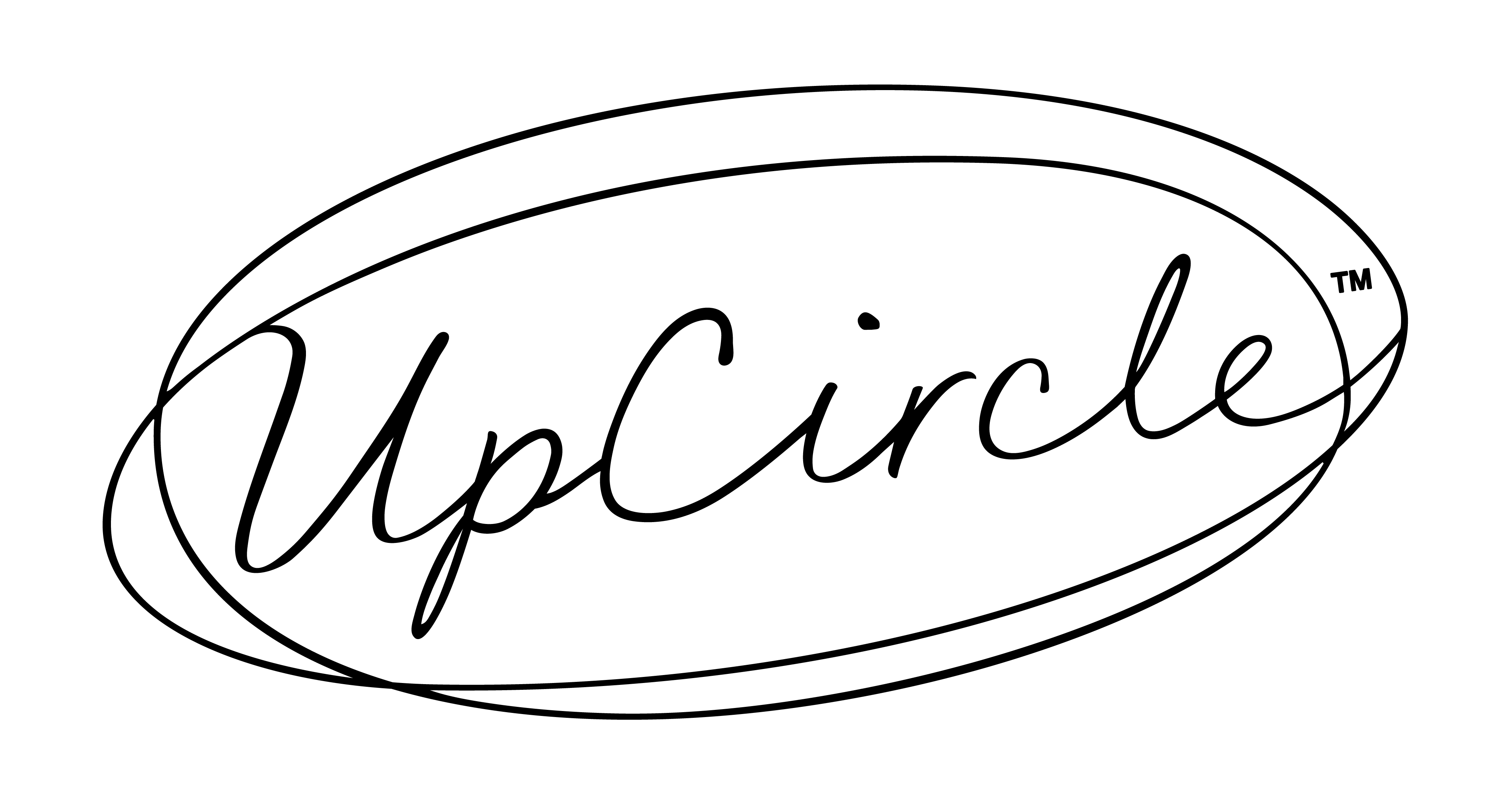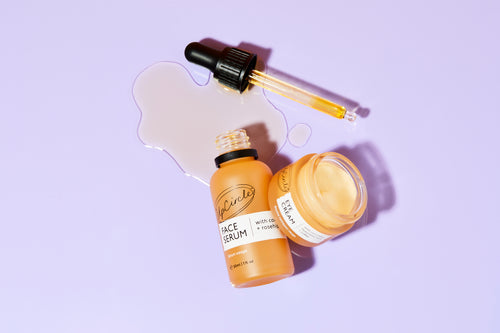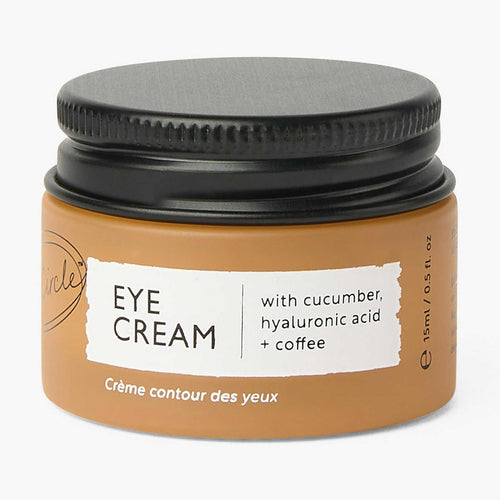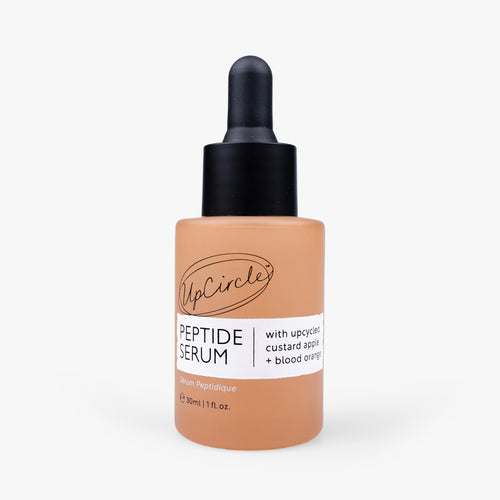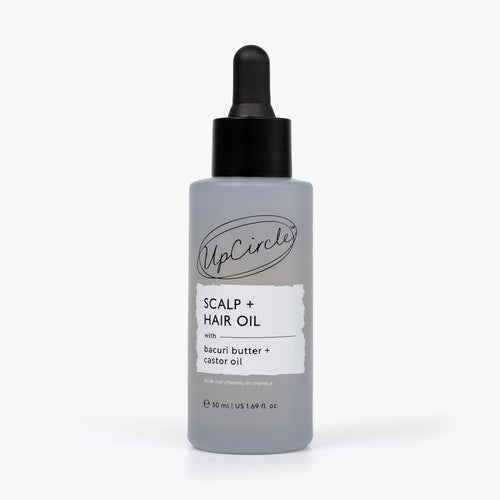Bioplastic has been making waves in plastic-production and waste for a good few years now. However, a lot of confusion surrounds the different types of bioplastic, and definitions. As such, not all bioplastic is created equally. And it’s certainly not a straightforward case of saying bioplastics are better for the planet. In fact, at UpCircle, we are committed to reducing plastic use and not simply seeking other plastic alternatives.
Globally, we have a catastrophic plastic problem. It’s notorious and no one can claim ignorance about it today. With plastics making up 80% of all marine debris and killing over 1 million sea birds every year, these statistics are just the tip of the iceberg. Plastics create masses of carbon dioxide in their manufacture and they don’t biodegrade. What’s more, in the UK, less than a third of our plastic is recycled.
On the face of it therefore, the term ‘bioplastics’ sounds enticing.
What is bioplastic?
Bioplastic is still plastic. That’s an important first point. There are also multiple different types and people use the term in slightly different ways. The fundamental concept of bioplastic is that, instead of petroleum sources, other renewable biomass sources are used to make the plastic materials, such as corn starch.
Realistically, because of the many different types of bioplastics, it’s important to break down what people are really talking about. This is because some are better for the environment than others, either in terms of how they are manufactured, or in terms of how they degrade, or both.
Types of bioplastic
There are a huge number of bioplastics being manufactured, and many claim the name ‘bioplastics’ for anything which doesn’t fully use petroleum sources, even if the bulk of the plastic material still relies on fossil fuels and a petroleum base.
A very quick overview splits bioplastics into three core groups:
- Bio-based plastics: Using bio polyesters such as polyethylene (PE) or polyethylene terephthalate (PET). These are often produced from agricultural sources, such as sugar cane or corn starch.
- Bio-based and biodegradable plastics: Using materials such as polylactic acid (PLA) or polybutylene succinate (PBS). These plastics break down in industrial composting facilities.
- Fossil-based but biodegradable: Using materials such as PBAT or PCL.
These different plastics can be used in different ways, such as food packaging and medical supplies, much like the many different types of old-school plastic. Globally, starch-based bioplastics account for the majority of the bioplastics made; many of these biodegrade more quickly than traditional plastic – under certain conditions.
Being socially and politically sought after, new bioplastics are being invented all the time. For example, algae-based bioplastics are becoming increasingly popular.
Is bioplastic biodegradable?
With all of these different types of bioplastic, this isn’t an easy question to answer. Generally speaking, the quick answer is sort of, and with caveats!
Firstly, it’s important to understand that all plastic is degradable – it breaks down. But the tiny microplastics that are created as a result never actually return to nature. If plastic is biodegradable, this means that it can, under the right biological conditions, break down into carbon dioxide, water and compost. Microorganisms do the work.
Many would agree that to use the term ‘biodegradable’, this process should happen relatively quickly, over weeks or months. It also won’t happen in your home compost, but requires industrial conditions. Not all bioplastics are therefore truly biodegradable.
It’s also important to state that even if a bioplastic is considered to be biodegradable, it may not actually be bio-based (made at least in part from biological matter). And even if it is biodegradable, at the point of waste it needs to be sent to the right place, and not end up being mistaken for traditional plastic.
Yes, it’s complex. It’s no wonder that you’ve stood in a shop scratching your head wondering which plastic-wrapped product is actually less harmful for the environment. So, does this mean that the very concept of bioplastics is greenwashing? Again, maybe but maybe not. Let’s take a look at the pros and cons of bioplastics.
What are some of the advantages and disadvantages of bioplastics?
In one article, without complex discussion of all of the different types of bioplastic, it’s impossible to categorically list all of the advantages and disadvantages of bioplastics. As such, this is very much an overview and generalisation, picking five pros and cons of bioplastic.
5 advantages of bioplastics
1. Less usage of petroleum oil: Given the deprivation of fossil fuels and natural resources, any move towards less usage of them is beneficial.
2. Bio materials are more renewable and sustainable: Fossil fuels are, by nature, finite. Plant sources for plastic materials are renewable and therefore inherently more sustainable, if farmed with care.
3. Carbon emissions in manufacturing: It does depend on the type of bioplastic, but generally speaking bioplastics have a much smaller carbon footprint in manufacture than traditional plastic.
4. Bioplastics are considered safer for food use: Some studies have shown that certain plastics leach oestrogen-like chemicals into the food that is packaged in them. Bioplastics are less likely to have this effect.
5. Some bioplastics are biodegradable and compostable: As long as they don’t contain traditional plastics, bioplastics break down completely and in a much shorter time frame.
5 disadvantages of bioplastics
1. The sustainability of bioplastics is questionable: As demand for bioplastics increases, the impact on global ecosystems of the agricultural requirements for growing the crops needed snowballs. As with all sustainable products, the issue often comes in terms of production at scale.
2. Not all bioplastics biodegrade: Some plastics are called bioplastic despite containing traditional plastic that doesn’t biodegrade. Additionally, most bioplastics will still find their way to landfill where the conditions aren’t appropriate for the biodegrading process. They need dedicated composting.
3. Bioplastics are still problematic for marine life: Bioplastics may ultimately break down more easily, but in the meantime it is probable that the same issues caused to marine life by the plastics of today and yesteryear will continue to pose a threat to life. A turtle can still be strangled by a bioplastic bag.
4. Production of bioplastics may not be eco-friendly: Whilst on the face of it bioplastics should be greener than petroleum based plastics, this is dependent on the agricultural process. For example, if deforestation occurs, or chemicals are used in the production which ends up in local water supplies, their ethics are questionable.
5. The primary problem remains: Fundamentally, whatever plastic is made from, we need to think differently about the problem. We need to use less plastic, full stop, not just replace it with something else.
At UpCircle we are highly aware that doing our best by the environment is only in part about considering alternatives. We also need to challenge how we do things. That’s why we are very excited to introduce our new packaging return scheme, where we can work together with our customers to return, refill, and reuse our packaging.
Unlike many other green beauty brands, we aren’t simply swapping plastic for bioplastic. All this confusion and lack of clarity around bioplastics is the exact reason that we choose our packaging materials based on the ease with which they can be recycled from home. Using materials like glass and aluminium takes the guesswork out of recycling, so that our customers don’t need complex explanations or a fancy recycling plant to be able to do their bit. We’ve stepped away from plastic as much as we possibly can, and will continue to challenge ourselves to do more.
